How Invasive Species Affect Canada’s Fisheries, Economy and Culture
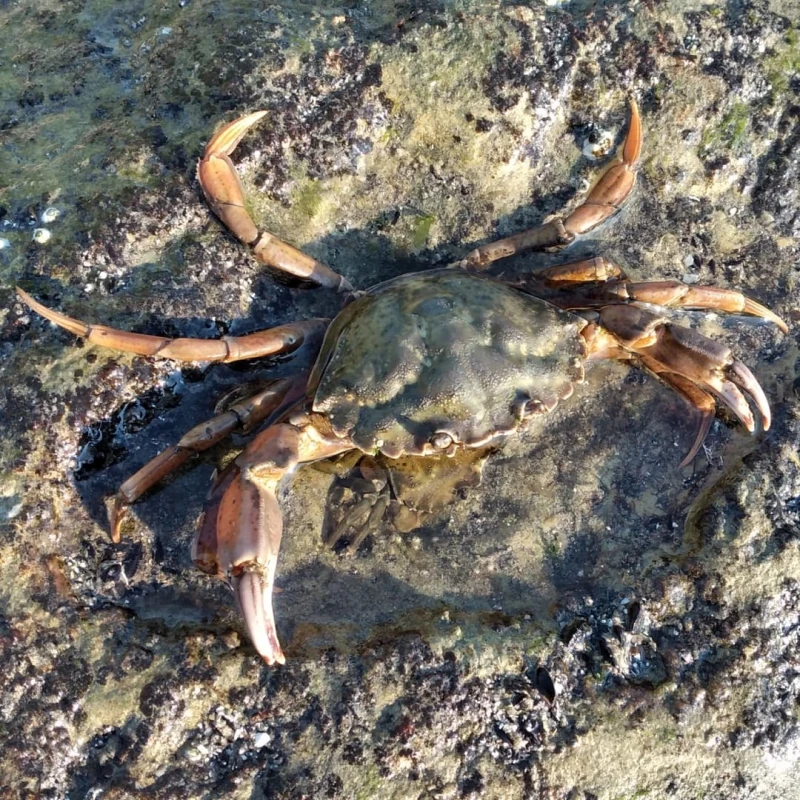
© Juan Francisco via iNaturalist.org, used under CC BY 4.0.
Ecosystem Disruption
Aquatic invasive species impact water quality and cause damage to aquatic habitat. For example, European green crabs damage seagrass beds and prey on juvenile shellfish, reducing stocks of clams, mussels, and oysters. Invasive species can also outcompete, predate and parasitize native species, such as Myxobolus cerebralis which causes whirling disease in salmonoid fish.
Economic Costs
The fishing industry loses millions of dollars annually due to the impacts caused by invasive species. This includes reduced harvest yields, increased maintenance (to clean fishing gear and boats of hitchhikers), and costs associated with efforts to restore habitats damaged by invaders.
It is extremely expensive to manage invasive species. For example, in one year it cost more than $40 million to control sea lamprey in the Great Lakes. Certain invasive species, such as Zebra Mussels, filter out beneficial plankton from water which can disrupt the food chain and reduce catch rates for commercially important freshwater fish like perch, walleye and whitefish.
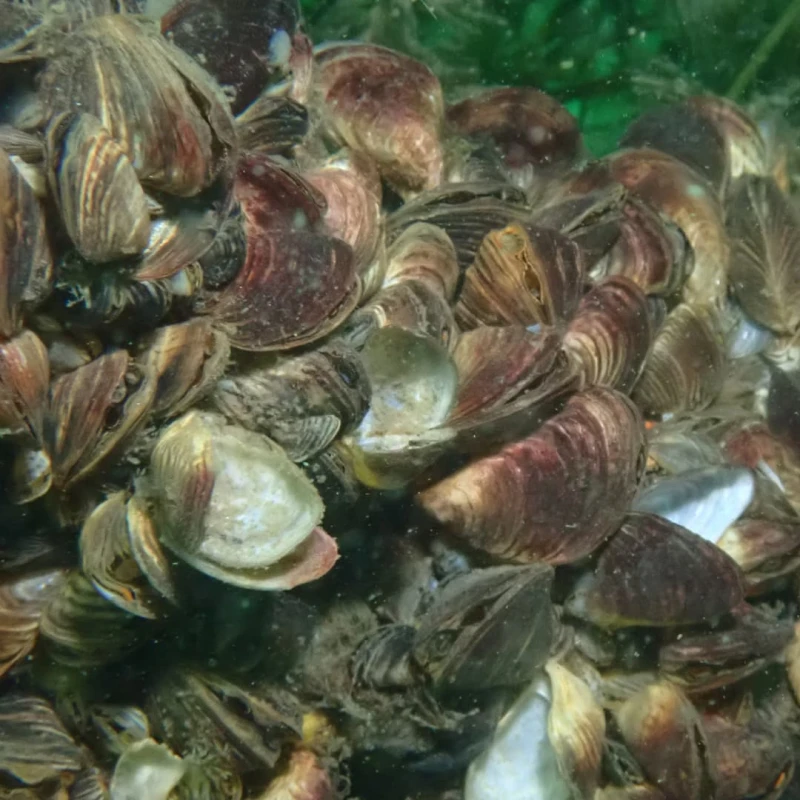
© Millsy3 via iNaturalist.org, used under CC BY 4.0.
Zebra mussels are an aggressive aquatic invasive species that disrupt native ecosystems, damage infrastructure, and impact commercial fisheries. To prevent their spread in Lake of the Woods and Shoal Lake, the Grand Council Treaty #3’s Territorial Planning Unit (TPU) launched the Zebra Mussel Early Detection Program. This community-led initiative engages Treaty #3 members in monitoring local waterways using low-cost settlement samplers, enabling early detection and rapid response efforts to protect culturally and economically significant fish populations.
Best Practices for Fishers and Anglers, Boaters and Coastal Communities
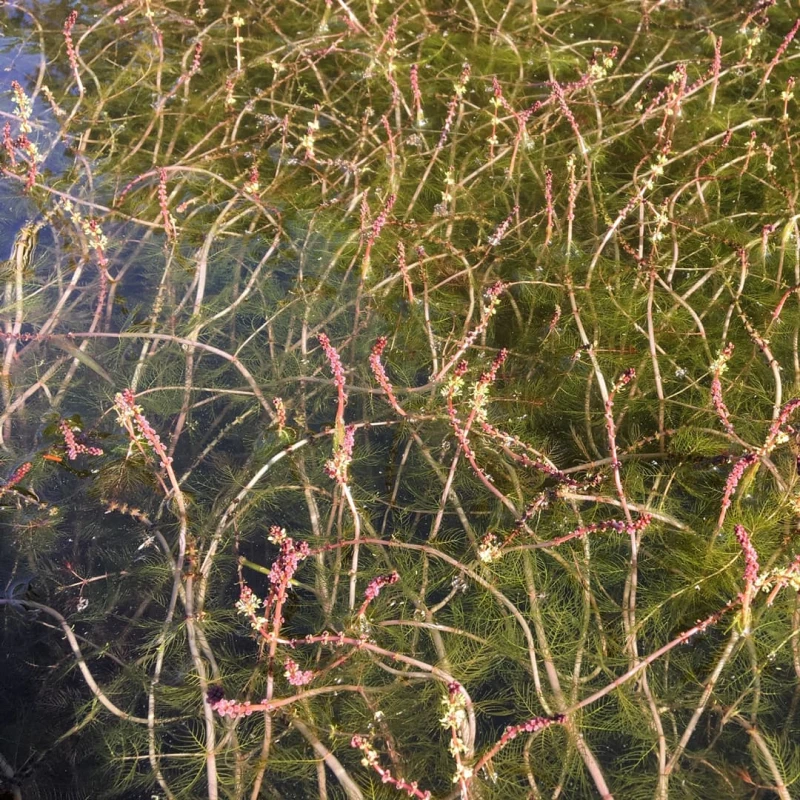
© abv7 via iNaturalist.org, used under CC BY 4.0.
Adopt CLEAN DRAIN DRY Practices
It is important to CLEAN, DRAIN and DRY all watercraft, trailers, motors and gear before moving between water bodies. This simple practice helps stop invasive plants and animals, like Eurasian Watermilfoil and Zebra Mussels from spreading.
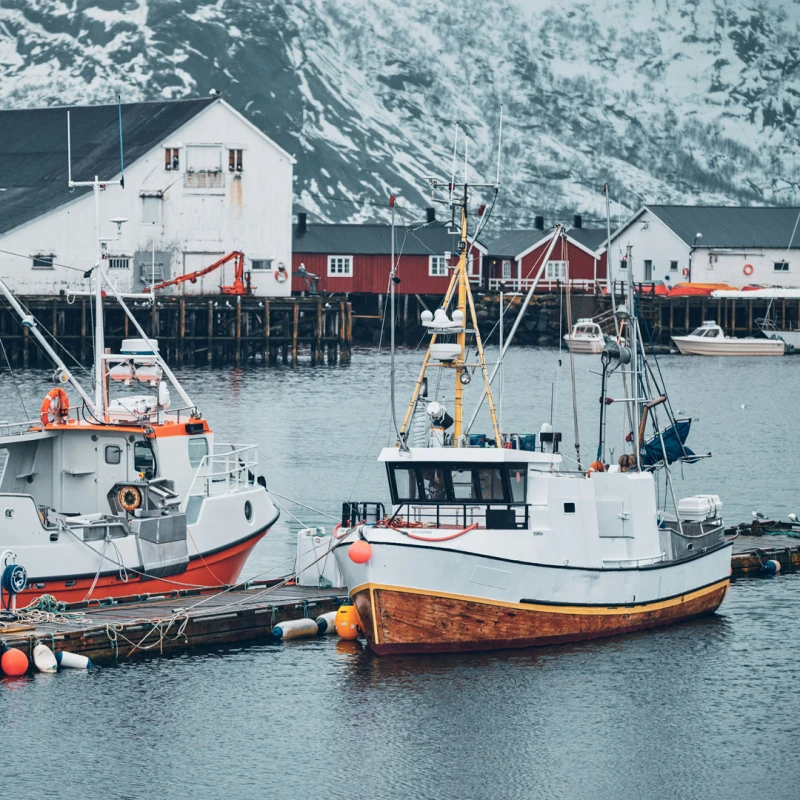
Education
Find out what aquatic invasive species are in your area and learn how to identify them. Share this knowledge with fellow boaters and anglers and stay informed on new and existing invasive species threats in your area.
Report Sightings Through iNaturalist or EDDmaps
Use tools like the iNaturalist or Eddmaps apps to report sightings of invasive species. Early detection and reporting are critical steps for managing invasive species before they get out of control. You can also contact your local invasive species authority for more guidance.
Support Local Organizations and Restoration Efforts
Volunteer with community groups and invasive species councils. Participate in local restoration projects to help repair damaged ecosystems. Planting native aquatic vegetation and removing invasive species can improve habitat for native fish.
Follow Fishing Legislation and Regulations
Adhere to regional fishing regulations to avoid inadvertently spreading invasive species. Never release aquarium pets, plants or live bait into water bodies.
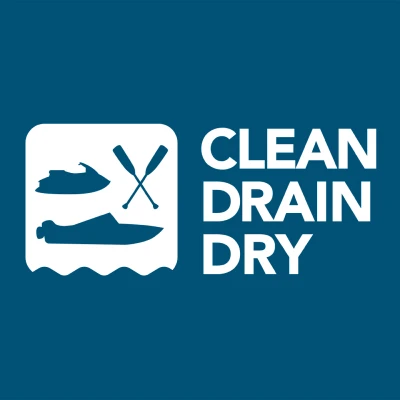
Take Action Today
Canada’s waters, fishing industry and communities depend on your efforts to limit the spread of invasive species. Practice CLEAN, DRAIN, DRY, report sightings, and support local restoration projects to protect our aquatic ecosystems and ensure sustainable use of Canada’s aquatic resources for generations to come.
